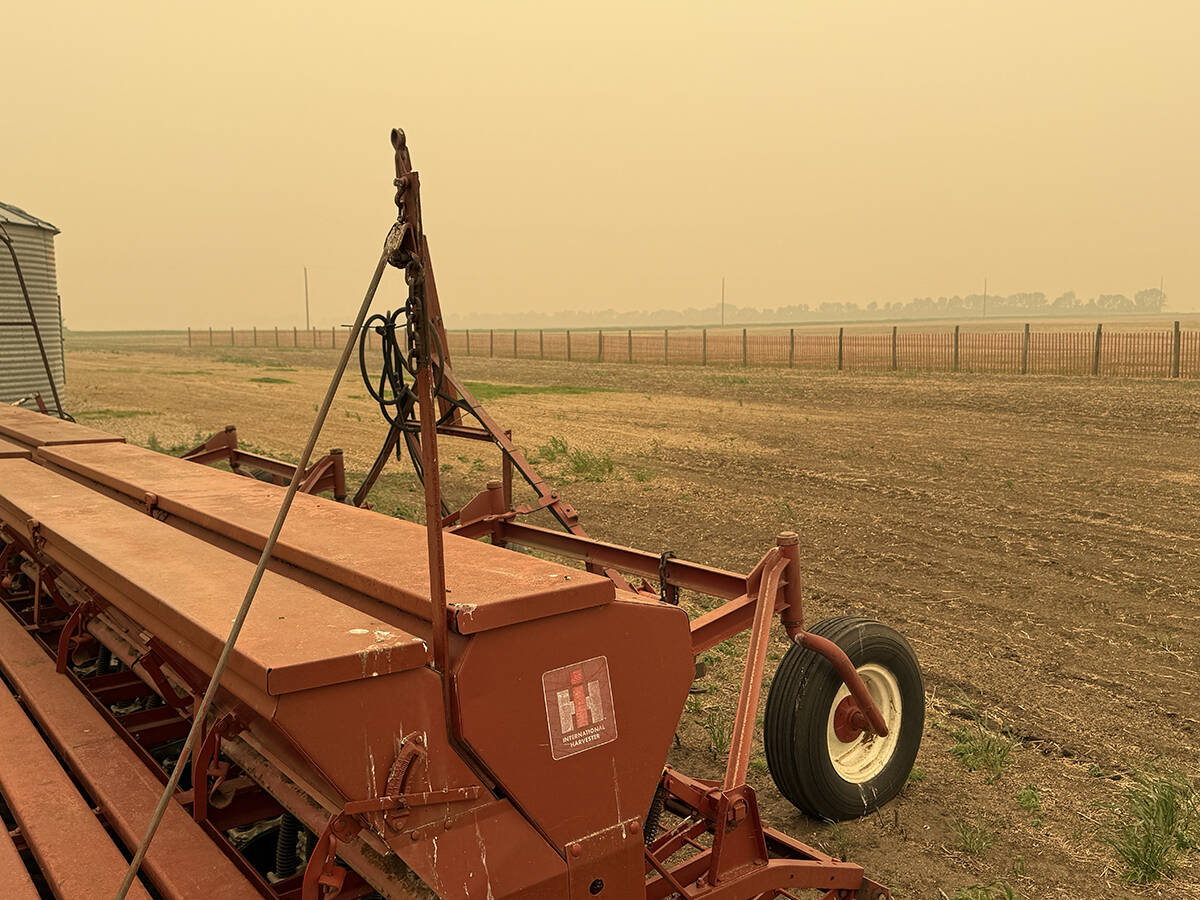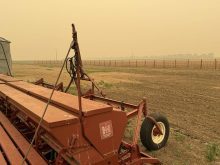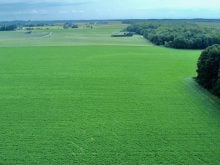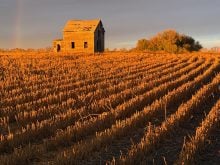A dozen causes can be to blame | Autumn shed most common cause but winter damage and excess moisture also culprits
Grant Wood hates getting calls about the browning of evergreens.
“Out of all the (tree) topics, that is the most difficult to talk about because there’s about 12 totally different things that can cause evergreens to brown,” said the assistant professor in the University of Saskatchewan’s plant sciences department.
The most common reason is autumn shed, a natural part of the aging process. A pine tree sheds needles that are three or four years old, while spruce and fir needles may take five or six years to brown and drop off.
Read Also

Wildfires have unexpected upside this year
One farmer feels smoke from nearby wildfires shrouded the July skies and protected his crop from the sun’s burning rays, resulting in more seeds per pod and more pods per plant.
Wood said a tree will lose up to 12 inches of growth during autumn shed.
“That’s dramatic and when you see it happening, the first thing you think is your tree is dying for sure,” he said.
However, all is well if the ends of the branches are green because it means new growth is replacing what is being discarded.
A tree owner needs to be concerned when the tree starts losing young needles it produced in the spring.
“If they’re browning and falling off, you’ve got a problem. That’s not a good thing,” said Wood.
Winter injury is probably the number one reason for browning outside of autumn shed.
It is caused by a combination of frozen roots, just-above-freezing temperatures and strong, drying winds in late winter or early spring.
“You’ve got that wind and the warm temperatures just sucking the water out of the needles,” said Wood.
It is often a big problem for young trees that Agriculture Canada’s agri-environment services branch distributes for shelterbelts. They come out of a sheltered nursery and have one growing season to adapt to their new hostile environment on the bald prairie.
Wood encourages farmers to do everything they can during the first three to five years of establishment to encourage snow cover around the young trees to insulate them from drying winds.
They can use fences, mulch or even grain piles to help capture the snow.
Flooding and drought are also common causes of evergreen browning on the Prairies.
Excess moisture has been the biggest issue in the last two years for moisture-sensitive trees such as pines and Colorado spruce, which are native to the Rocky Mountains.
“We take them off the side of a mountain and put them on a flat plain in clay and then we flood them and they turn brown,” said Wood.
White spruce, which are native to the boreal forest and frequently found near lakes and rivers, can tolerate high water tables but don’t fare as well in drought conditions.
Other causes of browning in evergreens include salty soil, insect damage, herbicide damage, disease damage, animal injury, nutrient deficiency, transplanting shock and frost damage.
Wood said tree owners need to become detectives, uncovering clues for what might be behind the problem.
“If the tree is 25 feet high, something was good at one time because it’s big, so what has changed in the last little bit?”
The culprit may be something unexpected like a garage that was erected four years ago and compacted the root system.
The damage that occurred back then may take four years to show up.
Maybe it was a winter fire pit that dried out the needles on a nearby tree or runoff from a sprayer that was cleaned near a row of trees.
Herbicides picked up through the root system can damage or kill trees, especially if the contamination occurs in spring during the new growth phase.
Farmers who have questions about their trees can contact the university’s Gardenline at 306-966-5865 or gardenline@usask.ca during the summer hours between May 1 and Sept. 1.
Provincial governments, nurseries, cities and other universities should also be consulted.
A website operated by North Dakota State University can also be of help at www.ag.ndsu.edu/trees/.















